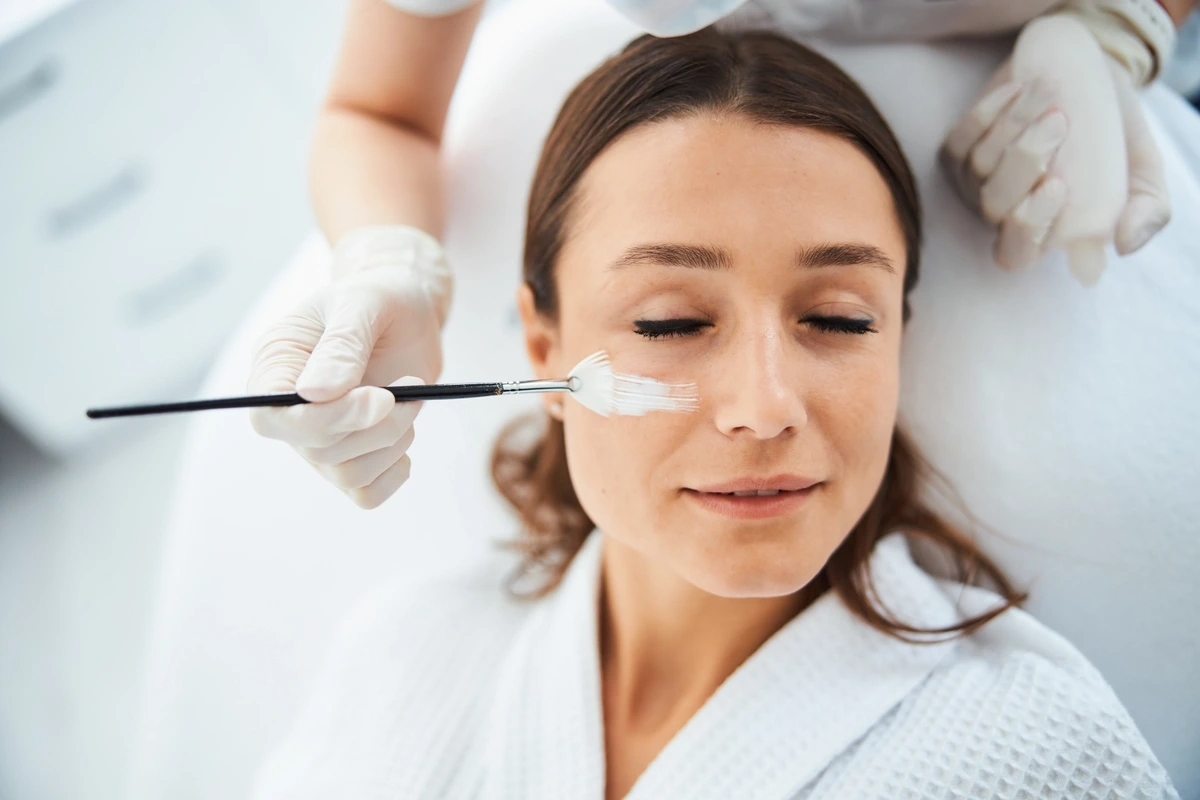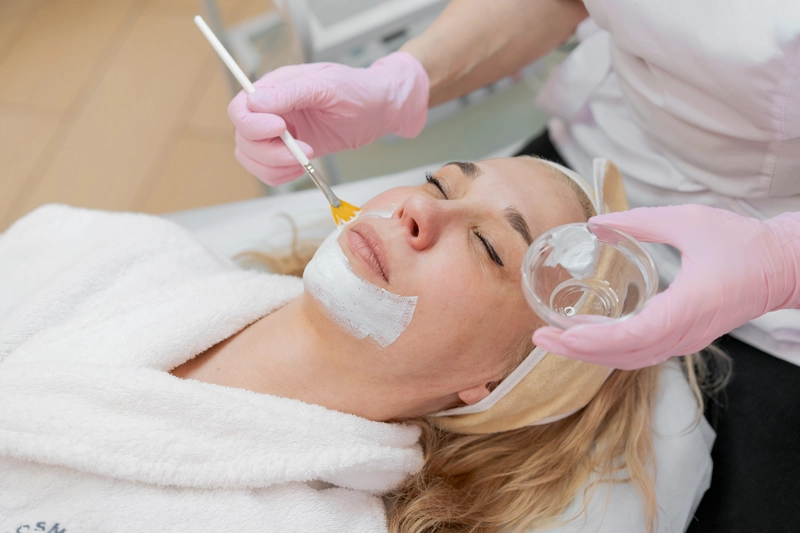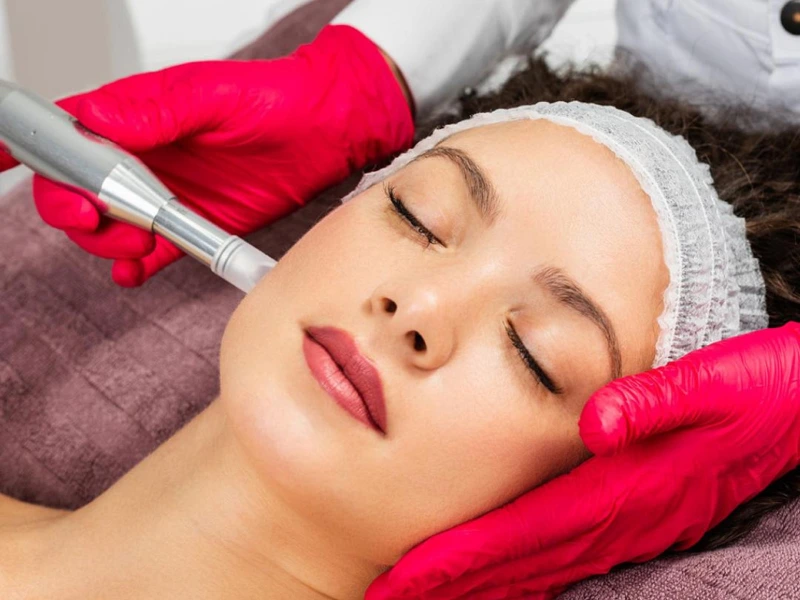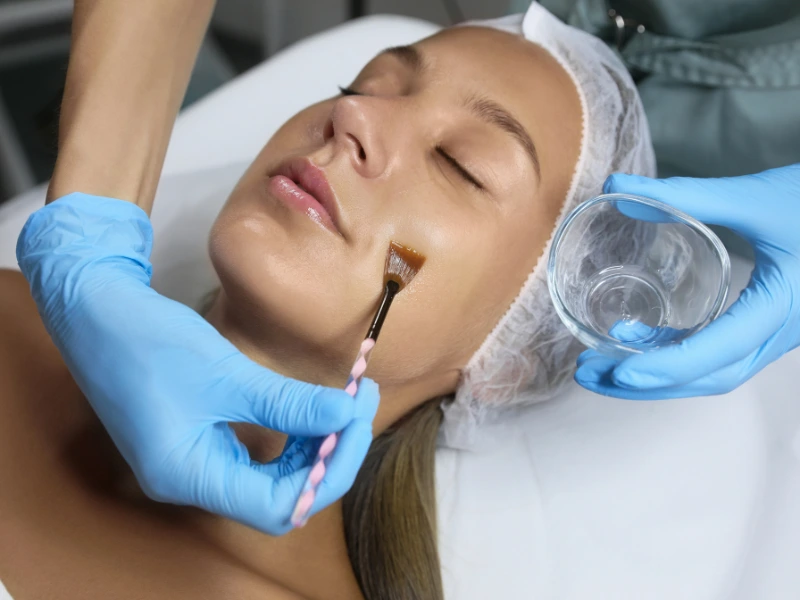Redondo Beach
1611 S. Catalina Ave #L70
Redondo Beach, CA 90277(310) 316-1954
info@myownspade.com
Mon-Sat: 9 AM - 6 PM
Sunday: Closed
El Segundo
863 N Douglas Street #100,
El Segundo CA, 90245(424) 437-1004
info@myownspade.com
Mon-Sat: 9 AM - 6 PM
Sunday: Closed
Disclaimer
Spade Skin Care More and Spade Skin Care Medical are reputable for complete customer satisfaction for completed treatments. All medical procedures are provided by Spade Skin Care Medical. Unless otherwise noted, testimonials provided are clients who have undergo ... Read More







